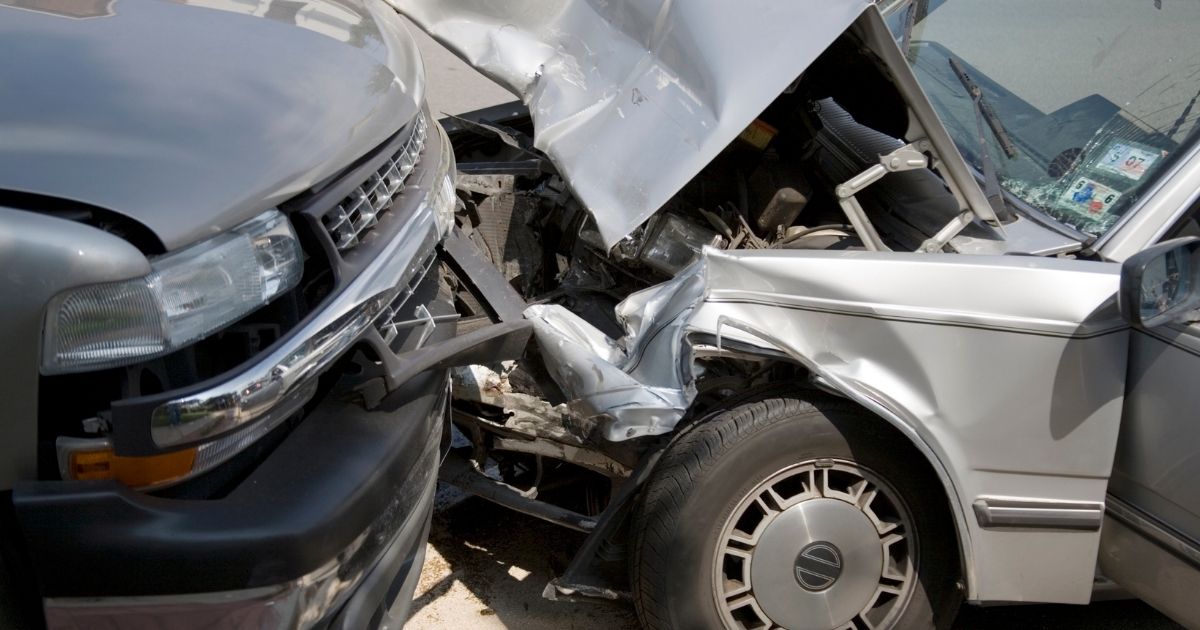Collisions at highway on-ramps are more common than many drivers realize. With vehicles merging into fast-moving traffic, even a moment of hesitation or misjudgment can lead to a car accident. While one driver may assume the other is automatically at fault, determining legal responsibility requires a closer look at traffic laws, driving behavior, and road conditions. This blog explores common questions about fault in on-ramp collisions and what factors are typically considered when assigning liability.
What Obligations Do Merging Drivers Have?
Drivers who are entering a highway via an on-ramp are generally required to yield to traffic already on the highway. This means they must judge traffic speed, choose the appropriate moment to merge, and avoid forcing highway drivers to brake or swerve. Signaling clearly and using the full length of the acceleration lane to build up speed are key parts of safe merging. If a merging driver fails to yield and causes a collision, they are often found at fault. However, there are exceptions depending on how both drivers behaved.
Can Highway Drivers Also Be at Fault?
Yes, fault does not rest solely on merging drivers. Those already traveling on the highway have a duty to act with reasonable care. If a highway driver is speeding, tailgating, or intentionally blocking a merge, they may share responsibility for the collision. Highway drivers must remain alert, avoid sudden lane changes near on-ramps, and use their mirrors and blind spots effectively. Even if they technically have the right-of-way, reckless or aggressive actions can make them partially liable in the event of a crash.
Are There Situations Where Both Drivers Are Responsible?
In many on-ramp collisions, both drivers may bear some degree of fault. For example, a merging driver may have failed to yield, but the highway driver might have been distracted or speeding. In such cases, fault is often divided between the two parties. The legal system in many states allows for “partial fault,” meaning that damages awarded to an injured party can be reduced by the percentage of their own contribution to the crash. This approach encourages all drivers to be vigilant and accountable for their actions.
Do Road Design or Environmental Conditions Affect Fault?
Roadway layout and weather conditions can certainly play a role in these accidents. Some on-ramps have short acceleration lanes, making it harder for vehicles to merge safely. Poor visibility due to fog, glare, or heavy rain can also make it difficult to judge distances or spot approaching traffic. In some cases, debris on the road or worn lane markings may contribute to a driver’s inability to merge or maintain position. While drivers are still expected to adjust their behavior based on conditions, such factors can influence how liability is assessed.
How Is Fault Determined After an On-Ramp Collision?
Fault is typically determined by reviewing multiple types of evidence. Police reports are often the first step, as they may include diagrams, driver statements, and citations. Insurance adjusters and lawyers may also examine photographs, witness accounts, and any available dashcam or traffic camera footage. The location of vehicle damage, skid marks, and the final resting positions of the vehicles can all offer clues about what occurred. In some cases, accident reconstruction experts may be brought in to clarify the sequence of events.
What Is Comparative Fault and Why Does It Matter?
“Comparative fault” is a legal concept used to assign partial responsibility to each party involved in a crash. Under this system, even if a driver is partly to blame, they may still recover compensation for damages, depending on the laws of the state. The amount received is typically reduced in proportion to the driver’s level of fault. For instance, someone found 30% responsible for a crash may receive only 70% of the total compensation awarded. This system encourages fair outcomes and prevents one-sided judgments when both drivers contributed to the accident.
What Should You Do After an On-Ramp Collision?
After any accident, safety should come first. Move the vehicles out of traffic if possible and check for injuries. Call emergency services and remain at the scene.
It is important to exchange contact and insurance information with the other driver and document the crash with photos. If there are any witnesses nearby, try to get their statements as well. Avoid making admissions of fault or arguing about what happened. Reporting the accident to your insurance company promptly is also essential.
Chester County Car Accident Lawyers at Eckell Sparks Advocate for Victims Injured by Another Driver’s Negligence
If you or someone you know has been involved in an on-ramp collision, the Chester County car accident lawyers at Eckell, Sparks, Levy, Auerbach, Monte, Sloane, Matthews & Auslander, P.C. are available to evaluate your situation and discuss your next steps. For an initial consultation, call us today at 610-565-3701 or fill out our online form. With office locations in Media and West Chester, Pennsylvania, we proudly serve clients in Delaware County, Chester County, and Montgomery County.

